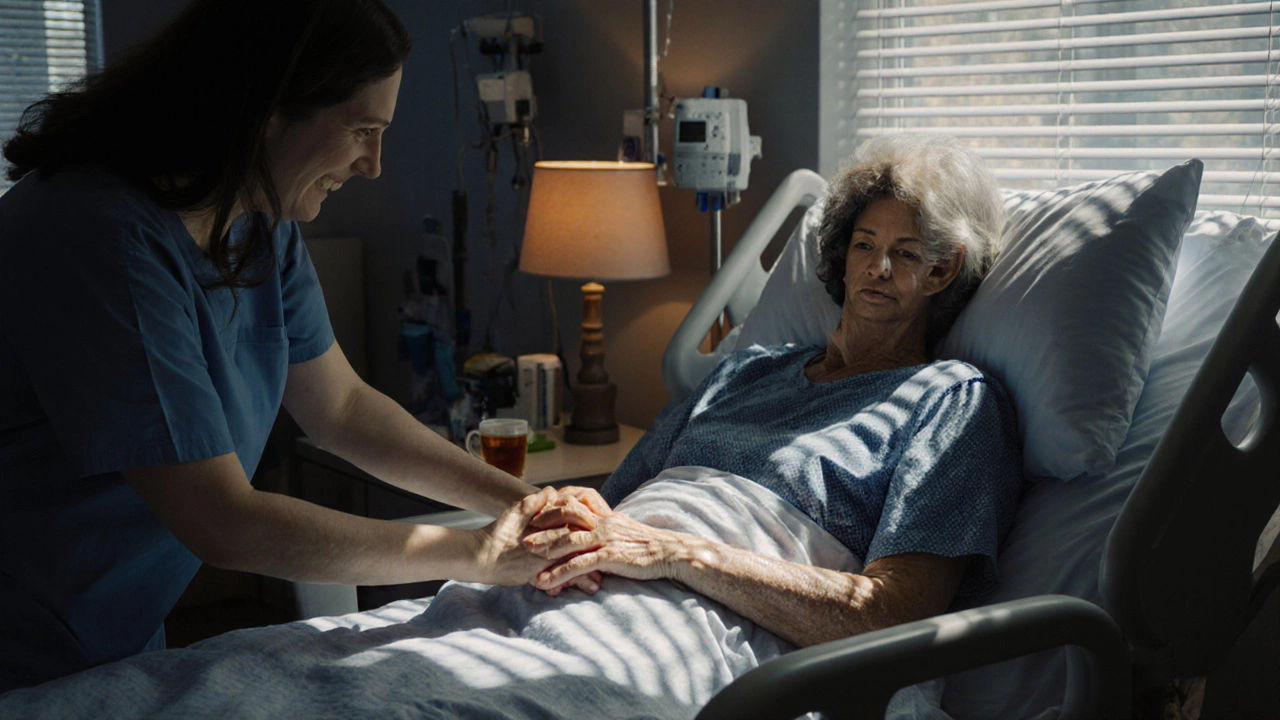Cancer Treatment Safety: What You Need to Know About Effective and Safe Care
When it comes to cancer treatment safety, the measures taken to protect patients from harm during medical care for cancer. Also known as oncology safety protocols, it’s not just about choosing the right drug or surgery—it’s about making sure the treatment doesn’t break your body more than the disease already has. Many people assume that stronger treatment equals better results, but that’s not always true. In fact, some of the most dangerous cancers, like pancreatic or liver cancer, are hard to treat not because we lack options, but because the treatments themselves carry heavy risks that can outweigh the benefits—especially in late stages.
Chemotherapy, a drug-based cancer treatment that targets fast-growing cells. Also known as cytotoxic therapy, it’s been the backbone of cancer care for decades. But chemo doesn’t just attack cancer. It damages your gut, your immune system, your hair follicles, even your heart. That’s why safety isn’t just about avoiding side effects—it’s about knowing when chemo is worth the cost. For stage 4 patients, studies show that for some, palliative care without aggressive chemo leads to better quality of life and sometimes even longer survival. Then there’s palliative care, a focused approach to relieving symptoms and improving comfort, not curing cancer. Also known as supportive care, it’s often misunderstood as giving up—but it’s really about choosing what matters most: your time, your energy, your dignity. And while some turn to alternative cancer therapies, non-mainstream approaches like herbal supplements, special diets, or energy healing used alongside or instead of conventional treatment. Also known as complementary medicine, they’re popular because they feel gentler. But safety here is tricky. Turmeric and green tea might help reduce inflammation, but they don’t replace targeted therapy. And buying unregulated supplements online? That’s a gamble with your health.
What you’ll find in the posts below isn’t a list of miracle cures. It’s real talk from people who’ve been there. You’ll see how some live years with cancer—not because they beat it, but because they managed it wisely. You’ll learn why pancreatic cancer is so feared, what chemo actually does to stage 4 patients, and how simple lifestyle choices can make a real difference in how you feel during treatment. There’s no sugarcoating here. Just facts, risks, and choices that actually matter.
Why Can't You Touch a Chemo Patient? Simple Rules for Safety and Support
You can't touch a chemo patient without understanding the risks. Learn why simple contact can be dangerous-and how to support them safely with love, not risk.
read more
